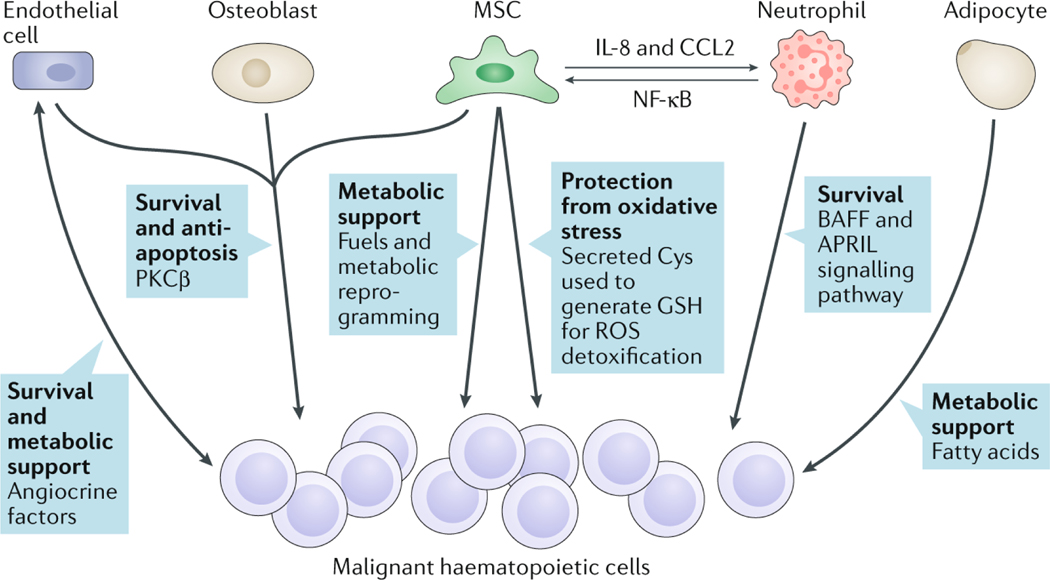Fig. 3: Contributions of the bone marrow niche to survival and chemoresistance of malignant haematopoietic cells.
Schematic showing the diverse mechanisms by which reprogrammed niche cells promote the survival, metabolism and chemoresistance of malignant haematopoietic cells. Different stromal cells in the bone marrow (BM), such as endothelial cells, mesenchymal stem cells (MSCs) and adipocytes, provide metabolic support to malignant haematopoietic cells, which in turn produce angiocrine factors promoting neovascularization in the BM. Induction of protein kinase C-β (PKCβ) in niche cells or B cell-activating factor (BAFF) and a proliferation-inducing ligand (APRIL) signalling from neutrophils can stimulate malignant haematopoietic cell survival. Interleukin-8 (IL-8) and CC-chemokine ligand 2 (CCL2) expression by MSCs recruits and activates neutrophils, which render MSCs pro-inflammatory through nuclear factor-κB (NF-κB) activation, which is also induced in other niche cells and in malignant haematopoietic cells. Cysteine (Cys) secreted by niche stromal cells can be utilized by cancer cells to synthesize glutathione (GSH) and reduce levels of reactive oxygen species (ROS).

